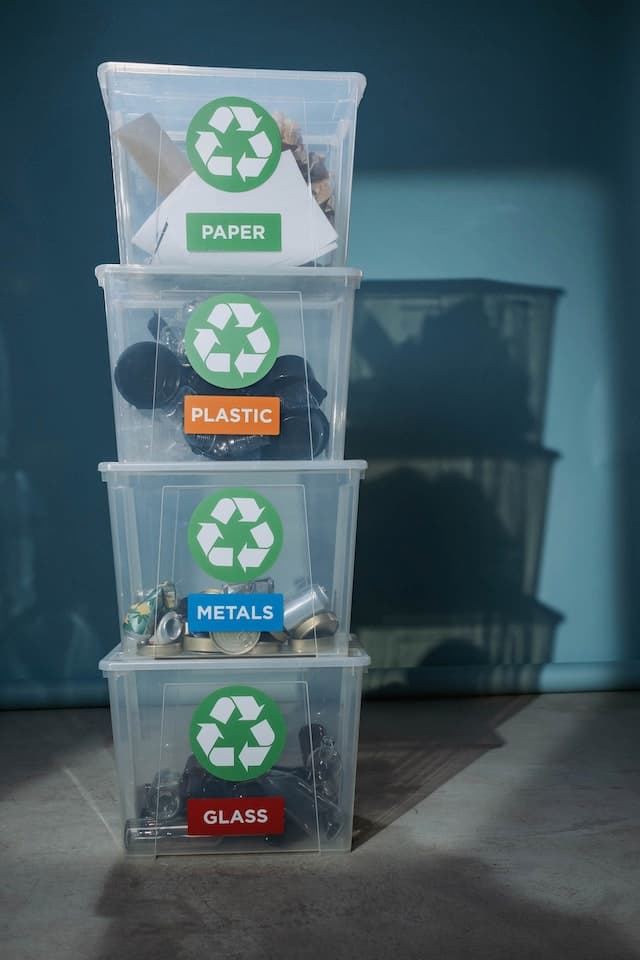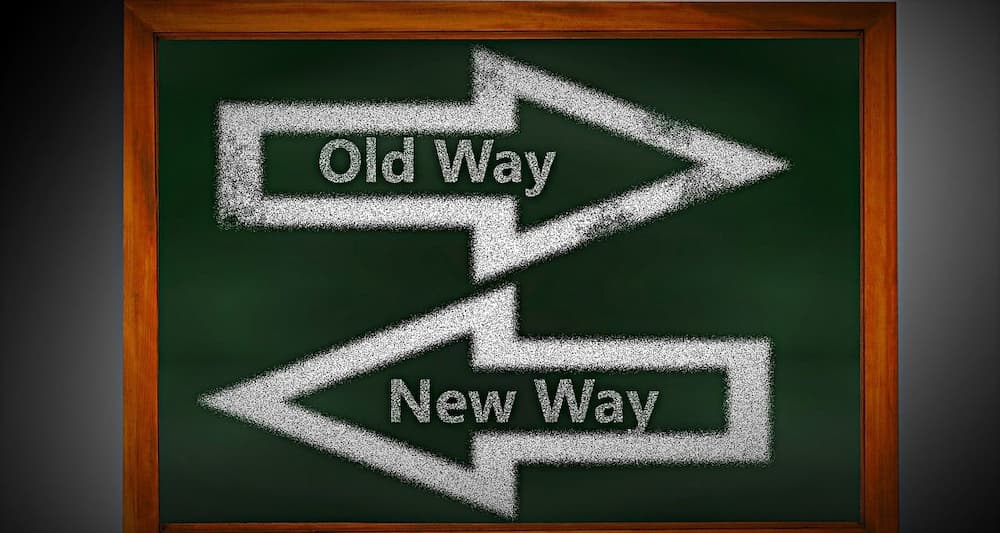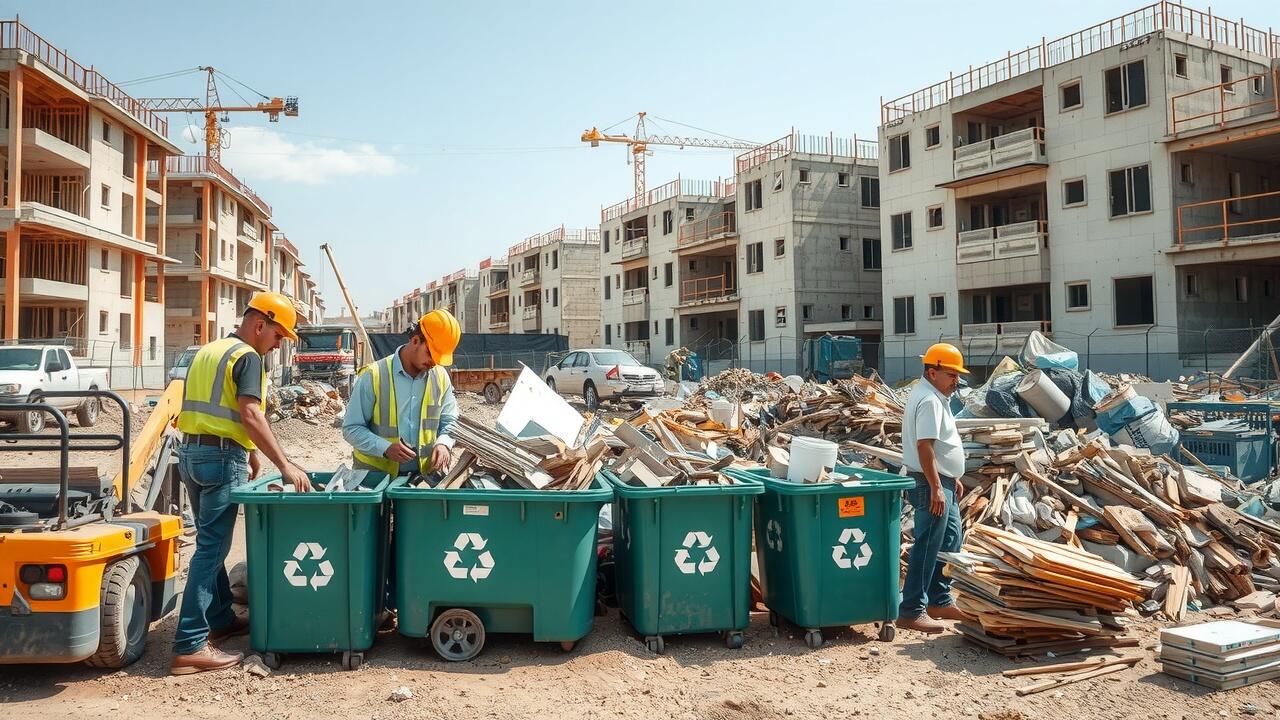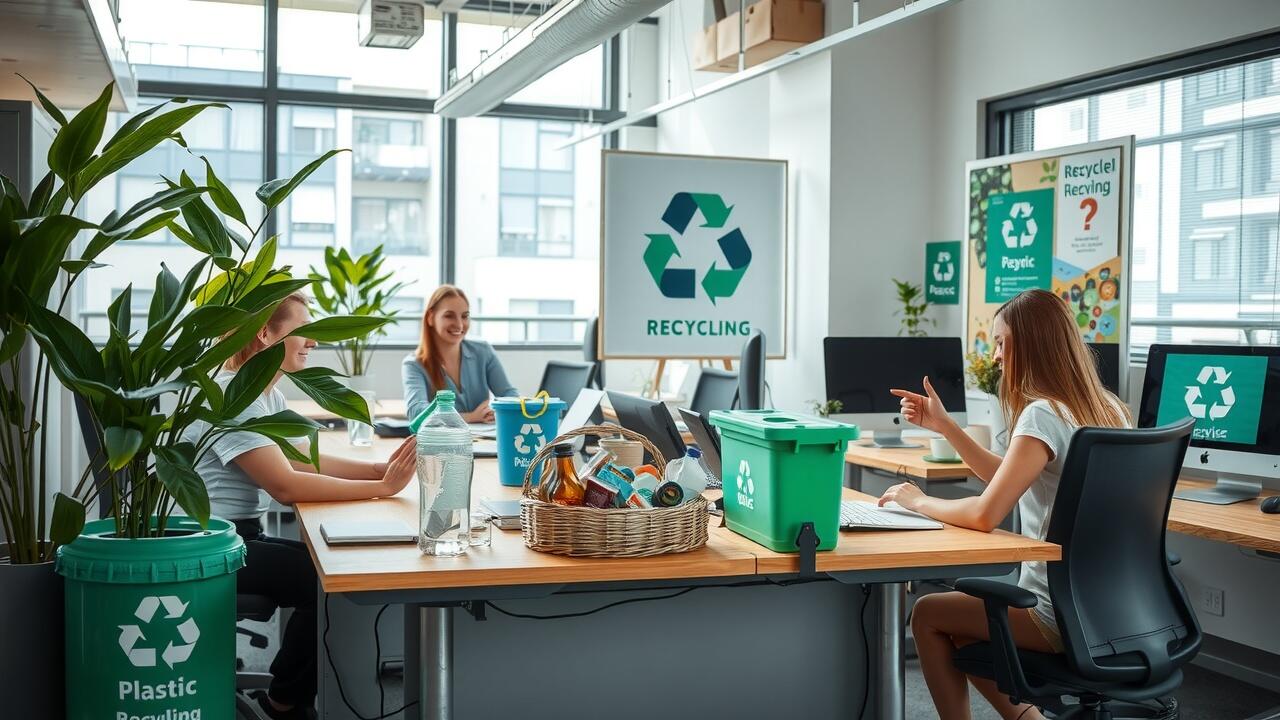One of the most overlooked areas for potential savings is a business’s waste management program. The waste generated in your business is not only bad for the environment but also a financial drain. You lose the funds invested in purchasing operational items and incur expenses for its disposal. A waste audit is a valuable solution to avoiding unnecessary losses.
Tossing out more waste than necessary adds to the cost of doing business and potentially adds to the loss of valuable resources. The growing trends of environmental awareness and corporate social responsibility have driven consumers to purchase from companies that prioritize green initiatives.
To capitalize on this trend, you need data to create the most thoughtful plan of attack-and that’s where a waste audit comes in. It can provide valuable insight into a business’s waste disposal program and help identify areas of improvement and cost savings in your business.
What Is a Waste Audit?
A waste audit studies a business’s solid waste stream-specifically, the types and amounts the business generates, such as plastic, paper, cardboard, glass, metals, and organics. It is performed for companies and businesses to streamline disposal, save money and reduce the carbon footprint.
(Click here to read about reducing waste in your home)
The audit typically involves sorting and quantifying all the waste generated over a certain period of time. This allows the auditor to break down what percentage is actually going to landfill and how much is being recycled, composted, or incinerated.
It also identifies which products or processes are generating the most waste and any potential waste streams that might have been overlooked.
By examining the source of the waste (the actual processes and operations) a waste audit can identify the causes of excessive waste, as well as opportunities to reduce or eliminate it. You gain valuable data that can help you develop a more efficient waste management program.
A waste audit begins with an assessment of your business goals, typically involving what your business is focusing on and what you want to achieve with the audit. So let’s first look at waste assessment goals.
Related Reading: Pros and Cons of Reducing Food Waste

Waste Assessment Goals
a) Review of your company’s goals
The primary goal of a waste audit is to assess the current state of a business’s existing waste program while also uncovering opportunities to reduce the amount of waste going to landfill.
Other important goals are to:
Assess compliance with local and federal regulations: Some businesses must demonstrate that their waste management program follows all applicable laws and regulations before certification.
Identify cost savings opportunities: A waste audit can identify potential ways to reduce costs associated with waste disposal, such as reducing the number of pickups or switching to a more efficient hauling service.
Increase environmental values: By pinpointing potential environmental hazards and assessing the impact of a business’s current waste program, you can gain valuable insight into how to reduce your environmental footprint.
Partnership requirements or incentives: Government incentives and other partnerships are often tied to meeting specific waste reduction targets, for example, selecting a particular type of recycling protocol or organic composting waste.
Employees and customers continuously express that they desire businesses to improve their environmental performance, leading to increased satisfaction among all parties.
With these goals in mind, you can move on to reviewing your company’s activities and policies.
b) Review of your company’s activities and policies
A waste assessment should include an analysis of your business’s existing policies and activities. An expert will review documents, such as purchase orders and waste disposal invoices. They will also interview personnel to gain a better understanding of the current practices and walk through the premises to observe operations. This part is essential for the following reasons:
- Understand how the business runs and the types of materials used.
- learn different management processes, such as waste storage and disposal.
- Identifying the types of waste your company is generating, where it’s coming from, and how it’s handled.
- Know the types of materials being disposed of, reused, recycled, or composted.
- Assessing waste management program and their efficiency, including their policies and procedures
- Examining the total cost of your current program, including hauling, disposal, and recycling.
- Estimating the size and composition of your waste streams for future needs.
- Identifying opportunities for improvement.
- Documenting findings and proposing recommendations for changes.
You will have a detailed overview of your waste management system once the review is complete. This will help you identify potential areas for improvement and set practical, achievable goals for reducing waste.

How to Conduct a Waste Management Audit
As you prepare for a waste stream audit, it is essential to establish the extent or the scope of your waste audit, contemplate the kind of data that needs to be collected, and allocate responsibilities regarding data collection and analysis. An expert may be needed to perform the audit, depending on the size and complexity of your business. Frontier Waste Solutions can help you develop a waste management audit plan that meets your needs.
Waste auditors should cover at least a year’s worth of waste management activities in order to provide an accurate picture of the company’s operations and performance. However, if the waste stream audit is intended to assess a certain period of time or a particular project, the scope can be adjusted accordingly.
The following are the main steps in a waste audit template:
1. Identify the scope of the audit:
The scope is simply the areas of business operations that require a review. It can include waste generated in production, packaging, food waste, or office waste. With a clear definition of your audit scope, you can create a list of objectives that help you focus on critical areas.
2. Collect data and information:
This involves gathering information about the types and quantities of waste the business generates. This may involve reviewing waste disposal records, interviewing staff, or conducting a waste sort to determine the composition of the waste. The data should be accurate, detailed, and specific to the scope of the audit.
3. Analyze the data:
Once you have collected the data, it’s time to review and analyze it. This includes looking for patterns in the data, identifying areas of improvement, and formulating potential solutions. Depending on the scope of your audit, you may need to calculate metrics such as total waste generated or amount diverted from landfill. To understand the impact of your efforts, you should also compare current data with historical data or other benchmarks. It’s important to communicate findings and insights to all stakeholders so that they can be taken into account in decision-making.
4. Develop a waste reduction plan
Based on the findings of the audit, you can create a plan to reduce waste and improve sustainability efforts. The priority action items should be based on the data and observations from the audit. For example, if you’ve identified a high volume of paper waste, a priority item may be to reduce paper usage. Meaning the focus is to reduce waste from the source, either by volume or toxicity. Some steps to consider when developing a waste reduction plan include:
- Educating staff on the importance of reducing waste.
- Setting targets and timelines for waste reduction.
- Developing procedures to ensure that targets are met.
- Establishing a system for tracking progress and performance.
Other solutions may include introducing new systems, processes, or technologies to further reduce waste. Each of these solutions should be evaluated based on their impact, feasibility, and cost. A proven structured model that has been successful in other organizations is Reduce, Reuse, and Recycle. Technically, there are 7Rs in this model: Refuse, Reduce, Reuse, Recycle, Recover, Restore, and Remanufacture.
Reduce:
This strategy is the most effective because it stops waste from being generated in the first place. Examples of reducing waste may include:
- Switching to reusable packaging
- Opting for rental items instead of buying new
- Utilize your materials more efficiently to minimize the amount of waste generated
- Refuse or eliminate unnecessary materials or processes
- Use digital solutions instead of physical products
- Encourage people to purchase products with less packaging
Reuse:
This is the process of using an item multiple times before disposing of it. Examples of reuse may include:
- Donating or selling unused items to local organizations
- Repurposing items for different uses
- Using refillable containers instead of single-use containers
- Encouraging customers to return or exchange items
- Using reusable containers for food storage
- Reducing paper usage by using electronic documents instead
- Switch to reusable supplies and items that last longer
- Upcycling items to create new products or artwork.
Recycling and recovery:
You can try to maximize the recovery of materials from your waste streams. Recycling involves breaking down items into components and converting them into new materials for further use. Examples of recycling and recovery may include:
- Using recyclable products
- Donating or selling items for reuse
- Setting up collection points for recyclable materials
- Partnering with recycling companies
- Setting up a compost system
- Using anaerobic digestion to turn organic waste into energy and fertilizer
- Using waste-to-energy plants to turn waste into energy.
- Encouraging customers to participate in recycling programs.
5. Implement the plan and monitor the progress
Once the plan is developed, it’s time to put it into action. Make sure that everyone involved understands the importance of implementing the plan and what their role is in doing so. Create clear timelines, assign tasks to individuals or teams, and ensure that resources are available to carry out the plan.
Improvement efforts may fail at this stage if people are not held accountable. Set up reporting, monitoring, and evaluation systems to track progress and ensure everyone is doing their part.
Identifying the right people for each task is key to successful implementation. The team should include people with diverse sets of skills and backgrounds to ensure that each task is done properly. It’s also important to have someone who can oversee the progress and ensure everyone is on track.
Celebrate success when it happens. This is a great way to motivate people and recognize their efforts, which can help create a culture of sustainability in the workplace.
Finally, review the plan regularly to ensure it is still relevant and making a difference. Make changes where necessary to improve processes and results. Share success stories and best practices with other organizations to encourage more widespread adoption of sustainable waste management practices.

The Benefits of Conducting a Waste Audit
Stop guessing and find out exactly how much waste your organization is producing and where it’s coming from. Waste audits are a great way to get real data about the sources and types of waste that you’re producing. This information can help you identify areas in your process where waste is being generated, as well as potential solutions.
A waste audit tells you what is working or not, helping pinpoint the most effective strategies and technologies for waste prevention. It also highlights the savings that can be made by reducing the amount of waste being produced.
The data collected can be used to track progress over time and create goals for improvement. It also provides a platform for discussing the importance of waste reduction and how to manage resources effectively. With a waste audit, you can:
- Determine the effectiveness of your business operations
- Save money by finding opportunities to reduce waste
- Measure success in terms of process and resource utilization
- Identify new opportunities for waste reduction
- Engage employees in the sustainability process.
- Meet environmental targets and regulatory compliance
- Fulfill certification requirements
- Increase customer satisfaction and loyalty.
Conducting a waste audit is a great way to start your sustainability journey. It can help your organization to minimize its environmental impact, save money and engage employees in the process. With the right plan in place, waste management can become a positive and rewarding experience for everyone involved.
Related reading: 6 Ways a Dumpster Protects the environment
Should You DIY or Hire a Professional?
Businesses that generate a limited amount of waste, such as a small café or retail store, might be able to create and implement their own waste management plan. The DIY audits provided by waste management companies can provide a good foundation for small businesses to start with. Why do-it-yourself though when you have the professionals at Frontier Waste Solutions standing by to do it for you?!
For waste audits with a specific objective, it is advisable to enlist the expertise of professionals such as Frontier Waste Solutions. Larger organizations and those that generate complex waste streams may benefit from professional waste audits because they can offer an experienced team that understands the complexities of waste handling, regulatory requirements, and the industry’s best practices. Our business waste solutions are perfect for every type of business at every level.
Professional waste management consultants can assess your current systems and processes, identify areas of improvement, develop tailored plans, and help you implement them. This can save time and money in the long run and ensure compliance with local regulations.




